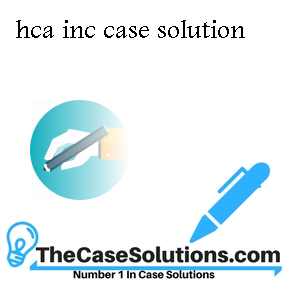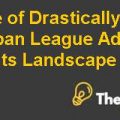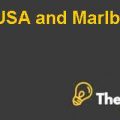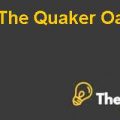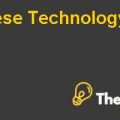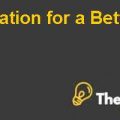HCA Inc. (A)
Q1.) Is HCA’s Board facing potential internal conflicts of interest? How are they managing them? Is the process adopted by HCA’s Board the most appropriate to maximize shareholder value in this transaction? What would you, as ML, advise this Board to do different?
Currently there seems to be no issues of conflicting interest among the interests of different shareholders, however; the only available information regarding the existing shareholders is related to Thomas F. Frist, his family and the two management employees Jack O. Bovender and Richard M. Bracken. The total number of share relating to these stakeholders is 21.82% but there is no information regarding the rest of majority shareholders. Meanwhile, there is no share of those existing shareholders in proposed equity capital; hence there may be a conflict among those majority shareholders and the management in this case is not willing to sell their shares. On the other hand, there may be some conflict of interest between the existing debt holders and the new debt holders, in case, the new debt holders are awarded with some exclusive rights over the collateral assets. However, no action has been taken by the management to address the potential conflict of interest.
HCA board is more interested in using leveraged buyout (LBO), and as a result of extensive debt financing proposed debt to equity ratio of HCA, after LBO, will be 5.28 which was previously 0.65. Meanwhile, the industry average D/E ratio based on 6 competitors’ average is 0.64; therefore, HCA may be exposed to financial risk of not meeting interest payments in near future. In the meantime, the Dr. Thomas, who has 5.78% controlling interest in HCA including his family interest, will be enjoying a controlling interest of around 15%; therefore, Dr. Thomas will be in a conflicting position if he acquires 15% shares and remains the CEO and Chairman of HCA.
HCA Inc. board is advised to use a combination of leveraged buyout and management buyout technique. Although the management may face some difficulty in convincing management for investing their money in HCA equity, however, if venture capitalist and Thomas can convince the management through estimates of future results of HCA, then they can manage the debt to equity ratio at or around industry levels. Moreover, the existing shareholders must be taken into confidence in advance so that they are aware about future outcome of their investment.
Q2.) As ML provide your valuation of HCA, both under a business as usual scenario and under the proposed LBO. Make any assumptions as you wish and highlight them (we’re actually looking forward to see different assumptions and valuation by different students). Would you as ML advise HCA’s Board to accept the final offer ($50.75) made by the private equity trio? (For this question, we need APV, multiples (mainly EBITDA mult.), cash flow to equity and not WACC)
HCA acquisition will be leveraged buyout (LBO) and as result of this LBO, proposed debt to equity ratio of HCA will be 5.28 (Appendix-A); therefore, it will be more logical to consider the effect of debt financing on the valuation of HCA Inc. However, traditional valuation techniques such as net present value (NPV), price to earnings (P/E) ratio, and more like these do not show the effect of debt financing separately in calculating the value of an organization; therefore, we have prepared the valuation of HCA Inc. By using adjusted present value technique (APV), which uses the operating cash flows of HCA and then discount those cash flows using a cost of capital calculated assuming the HCA is an all equity company and terminal values are used as an estimate of HCA cash flows after year 2011 and till the foreseeable future. Moreover, the effects of financing are calculated such as tax shield of debt which is tax saving on interest payments, issuance cost of debt, and any grant or subsidy received from the government; then discount these costs and save them using the appropriate cost of debt. Since, there is not government grant; hence, we have used the cost of each type of debt capital for discounting tax savings over the life of debt finance. The valuation of HCA based on APV is $104 billion (Appendix-B).
Moreover, Free Cash Flow to Equity (FCFE) model has been used for the calculation of HCA value attributable to equity holders. Along with other cash flows, FCFE model considers the cash flows from debt financing and interest payments to incorporate the debt financing effect in valuation of HCA Inc.; therefore, valuation of HCA based on FCFE gives a value of $ 46.65 billion (Appendix-C).
Additionally, EBITDA multiplier has been used for calculating HCA value, we have assumed average EBITDA multiplier of HCA and industry for .............................
This is just a sample partial case solution. Please place the order on the website to order your own originally done case solution.

